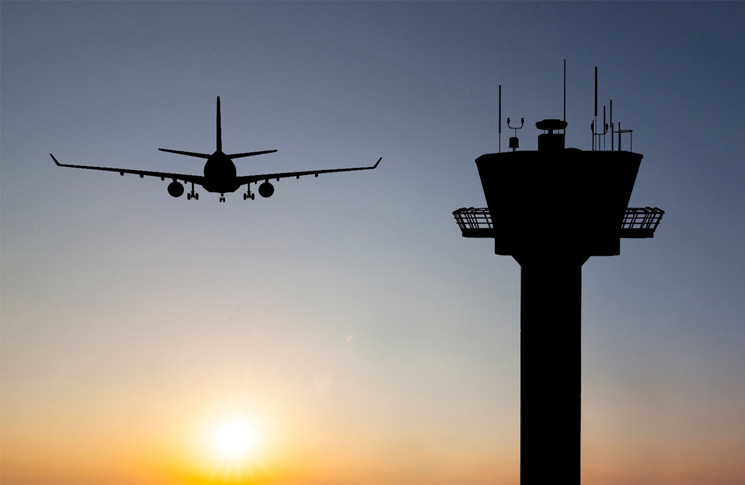As traffic in Australian airspace increases and more operators are sharing the airspace with drone pilots, our airspace boundaries become increasingly important. Airservices, CASA and Defence are working together to increase awareness of the risks around airspace boundaries.
To understand airspace infringements further, we ask all operators that enter either civil or military airspace without a clearance to provide further information on what happened. This is done through a simple survey. The survey asks questions about the pilot, the aircraft and the individual air traffic control (ATC), environmental or pilot factors that may have contributed to the airspace infringement. The majority of survey recipients provide useful information that all agencies can use to improve airspace safety.
Through this survey, we’ve developed a top five list of contributing factors to airspace infringements. These are:
- pilot distraction
- misreading the chart(s)
- high workload in the cockpit
- unexpected ATC instructions
- incorrect use of equipment
The pilot
Pilot distraction or inattention is the number one factor contributing to airspace infringements. Survey results indicate that this is not due to inexperience as the average hours of flying experience is 3052 hours. Most flights were private flights and 52% of pilots surveyed belonged to an aero club or flying school.
The charts
Most respondents said they flew only occasionally in the area in where they had the infringement, and most respondents were trying to remain outside of controlled airspace. This is consistent with misreading the charts being identified as one of the key factors to airspace infringements.
Fewer pilots are still relying on paper charts, with 71% of survey respondents referring to just electronic or both electronic and paper charts throughout the flight. Using charts that were out of date was not identified as a contributory factor within the last year.
ATC
Clearances should be requested at least five minutes before reaching the CTA step. Having a flight plan already submitted greatly increases the chances of getting a clearance, as taking flight details over the radio is time consuming and increases controller workload. If the instruction by ATC provided is unclear or unexpected, seeking clarification from the controller is preferable to infringing airspace.
Equipment
Over 70% of pilots responded that they were using a GPS throughout the flight, with half using a mobile device such as an iPhone or iPad and half using a fixed system. Understanding how to use whatever equipment is onboard is an important part of the pre-flight planning, and shouldn’t be done in flight.
Airservices, CASA and Defence meet on a regular basis to exchange analysis and ideas to address these factors. Pilots can assist us by reporting airspace infringements to the ATSB and Air Traffic Control as appropriate. For more information, please see the Airspace Infringement page under Pilot and Airside Safety on Airservices Australia’s website.



Comments are closed.